- Author Jason Gerald [email protected].
- Public 2024-01-19 22:11.
- Last modified 2025-01-23 12:04.
Web pages are linked to each other through a network of links. In addition, links are often used in social media posts, web pages, emails, and documents. You can insert a link into the text. Once clicked, the link will direct the reader to a web page or document hosted on the web. This wikiHow teaches you how to add links to emails, blogs, documents, and HTML code.
Step
Method 1 of 3: Adding Links to Emails and Blog Posts
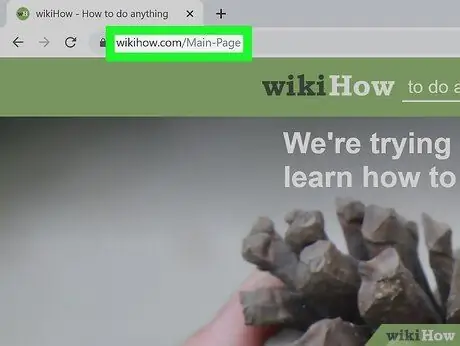
Step 1. Visit the web page you want to link to
Open the desired web browser and enter the address of the site you want to link to in the address bar at the top of the browser window. You can also search for site names or article titles using search engines like Google. Click the web page when it appears in the search results.
Some email apps and blogs also have the option to send an email address as a link
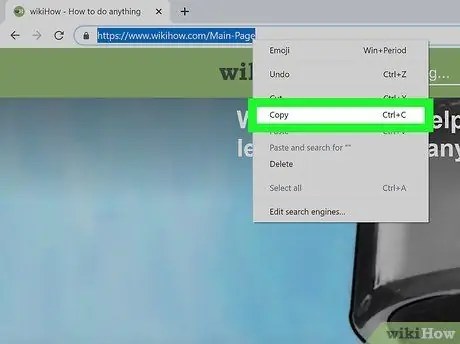
Step 2. Copy the web address
The address is in the address bar at the top of the page. Follow these steps to copy it.
- Click or tap an address on the browser's address bar to highlight it.
- Right-click the marked address, or touch and hold the address if you're on a mobile device.
- Click or tap " Copy ” on the pop-up menu.
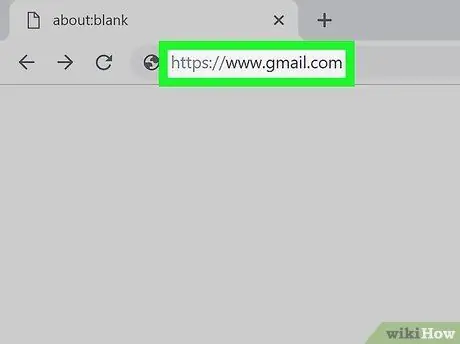
Step 3. Visit your email account or blog
If you're using a phone or tablet, tap the app you normally use to send emails or blog posts. If you're using a desktop computer, open a new browser window or tab and visit an email service's website or blog.
To open a new tab in your browser, tap the plus sign (“+”) icon next to the row of tabs at the top of the page
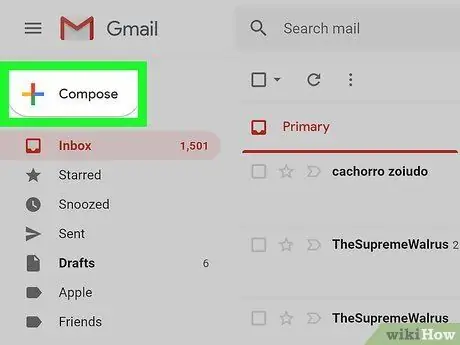
Step 4. Create a new email or blog post
The new email or blog post creation icon has a different look for each app or service. Look for the icon labeled “ Compose ”, “ New ", or " Write " You can also look for icons with a plus sign (“+”) or pencil and paper.
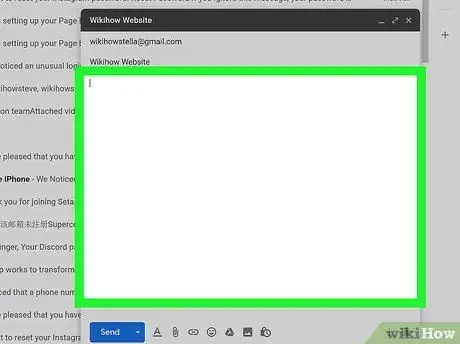
Step 5. Click the section you want to add a link to
You can display a link at the end of an article or email, or in the middle of a sentence as a reference.
You can also mark words or sentences that you want to turn into links

Step 6. Click or touch the Link or chain icon
In most applications, the add link button has a chain icon. After that, a link creation pop-up window will be displayed.
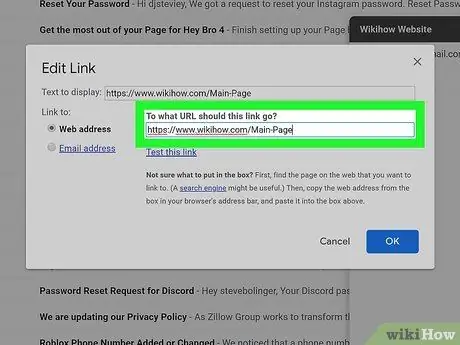
Step 7. Paste the link in the column labeled "URL"
Look for the column labeled “URL” and follow these steps to paste a link in that field.
- Click or tap the web or email address option (if available).
- Right-click or touch and hold a column.
- Click or tap " Paste ”.
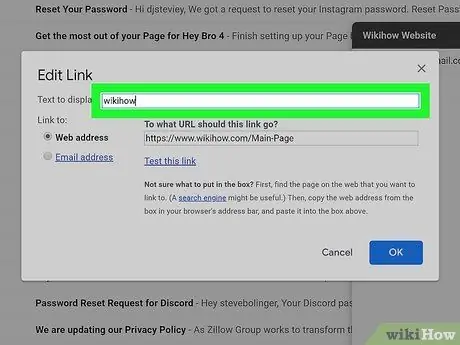
Step 8. Enter the display text
This text is a word or phrase that is displayed instead of the link's web address. This word or phrase can be a description, the title of the linked page, or part of a sentence. You can also use simple commands like “Click here”.
Leave this field blank if you want to use the full web address as the URL text
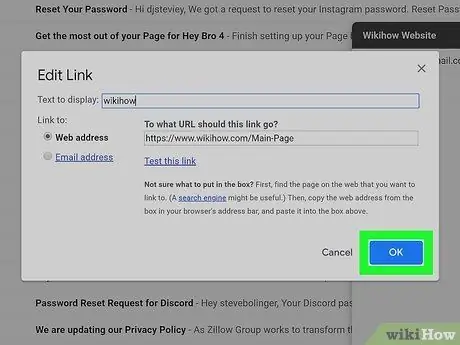
Step 9. Apply the link
To save the link, click the button labeled “ Save ”, “ Ok ”, “ Apply ”, or something like that. The link will be added to the email or blog post.
To remove a link, right-click or touch and hold the link. After that, touch " Edit ”, “ Change, or the pencil icon.
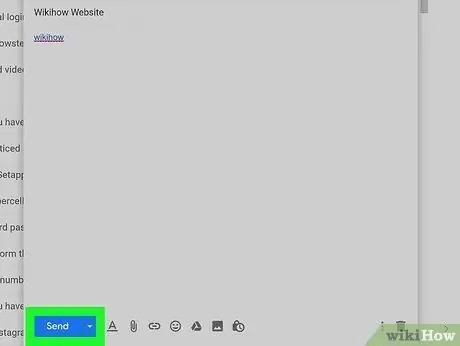
Step 10. Publish the article or send an email
Finish emails or blog posts. When you're ready, click the button to publish the article or send an email.
Method 2 of 3: Adding a Link to a Document
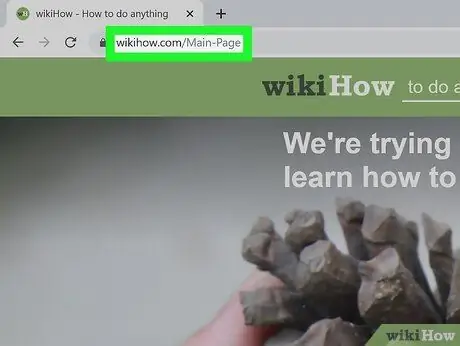
Step 1. Visit the web page you want to link to
Open the desired web browser and enter the address of the site you want to link to in the address bar at the top of the browser window. You can also search for site names or article titles using search engines like Google. Click the web page when it appears in the search results.
You can also send an email address as a link
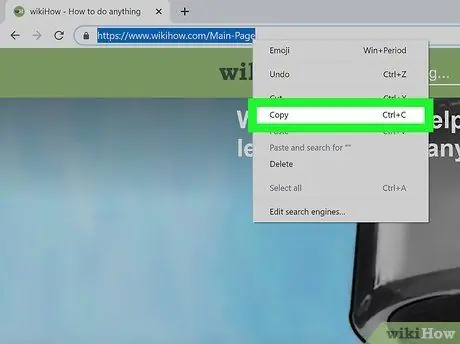
Step 2. Copy the web address
The address is in the address bar at the top of the page. Follow these steps to copy it to the computer clipboard.
- Click an address in the address bar to mark it.
- Right-click the marked address.
- Click or tap " Copy ” on the pop-up menu.
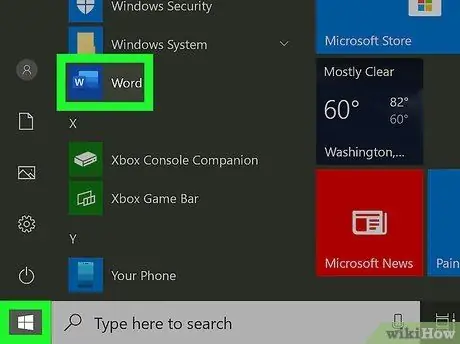
Step 3. Open a word processing program
You can insert links into a variety of word processing programs, including Word, Google Docs, and LibreOffice, as well as other office applications such as Excel and PowerPoint.
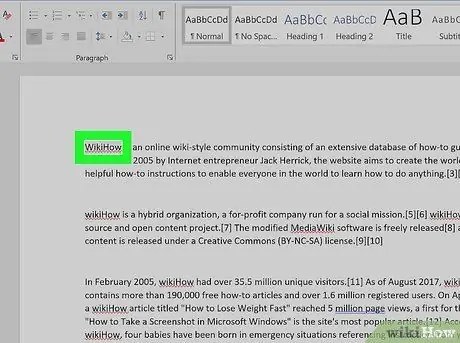
Step 4. Place the cursor on the section where you want to add a link
You can place a link at the end of the document or in the middle of a sentence.
Alternatively, you can mark the text you want to turn into a link

Step 5. Click the Insert menu
It's in the menu bar at the top of the program window. After that, a drop-down menu will be displayed.
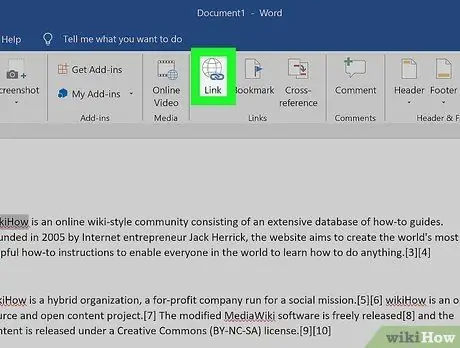
Step 6. Click Link or hyperlinks.
This option is in the menu under the "Insert" tab. A link creation window will appear after that.
Alternatively, you can click the chain icon in the toolbar at the top of the page

Step 7. Paste the copied URL into the “Address” or “URL” field
Make sure you've copied the web address you want to link to your computer's clipboard. Follow these steps to paste the link into the field labeled "URL" or "web address".
- Right-click the “URL” column.
- Click " Paste ”.
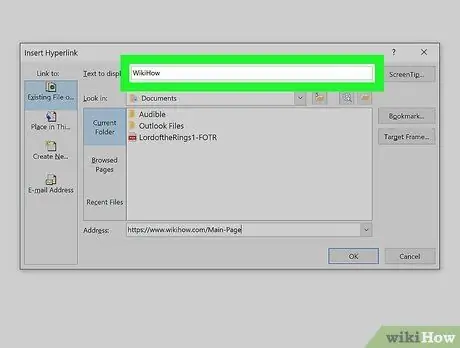
Step 8. Enter the display text for the link
This text will be displayed instead of the web address. Click the field labeled "Text" or "Text to display" and type in text to represent the link. This text can be a section of a sentence, a page title, a description of the linked page, or a simple command like "Click here."
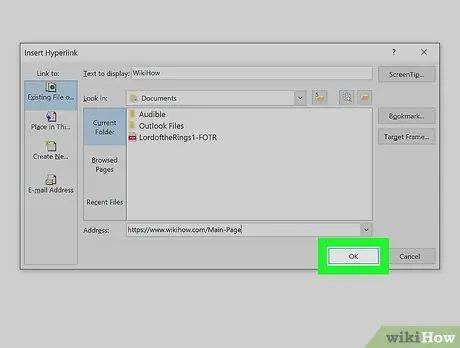
Step 9. Apply the link
To apply the link, click the button labeled “ Ok ”, “ Save ”, “ Apply ”, or something like that.
Method 3 of 3: Adding Links to HTML Code
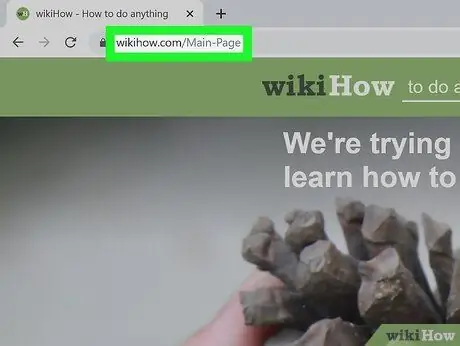
Step 1. Visit the web page you want to link to
Open the desired web browser and enter the address of the site you want to link to in the address bar at the top of the browser window. You can also search for site names or article titles using search engines like Google. Click the web page when it appears in the search results.

Step 2. Copy the web address
The address is in the address bar at the top of the page. Follow these steps to copy it to the computer clipboard.
- Click an address in the address bar to mark it.
- Right-click the marked address.
- Click or tap " Copy ” on the pop-up menu.
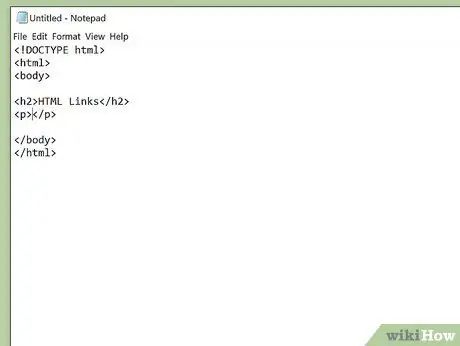
Step 3. Open the HTML code segment
This segment can be an HTML document on a web server or a computer hard drive. You can also open a bulletin board or blog post window that allows HTML editing.
On bulletin boards or blog posts, you may need to click the " HTML " button above the writing field to switch to HTML mode
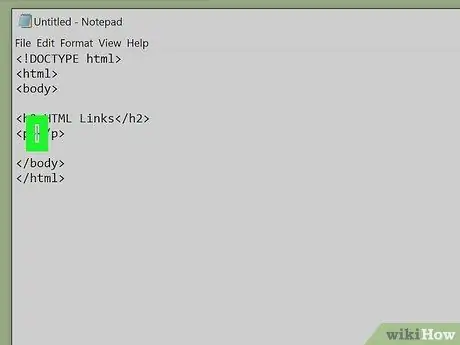
Step 4. Click the section you want to add a link to
You can add a link at the end of the article or in the middle of a sentence as a reference.
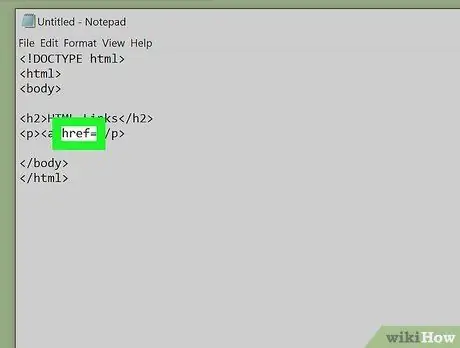
Step 5. Type <a href= into the line. This is the first part of the unlink marker on.
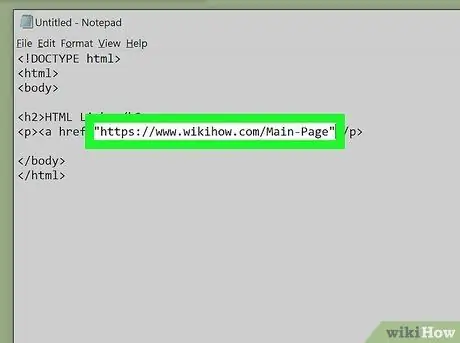
Step 6. Paste the URL address and enclose it in quotes (" ")
Type in quotation marks and right-click the typing area, then click Paste ” to paste the copied web address. After that, reinsert the closing quotation marks at the end of the URL.
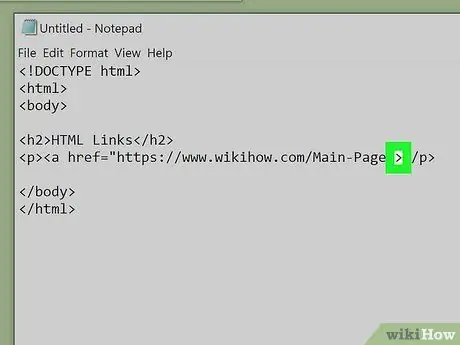
Step 7. Type > after the last quote. This element closes the HTML opening marker. At this point, your HTML marker should look like this:.
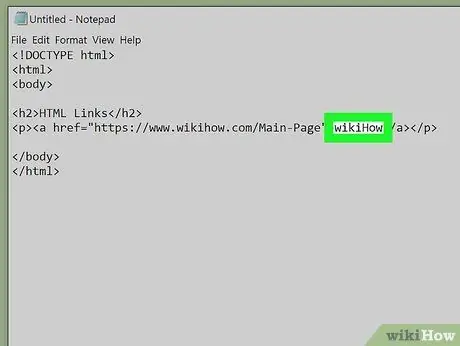
Step 8. Type in the link display text
This text will be displayed instead of the full web address. Enter the text after the closing parenthesis (“>”). For example: Click here.
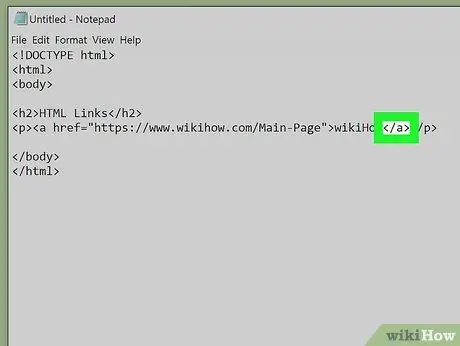
Step 9. Type after the display text
The HTML hyperlink will be closed. Overall, the link marker will look like this: Click here
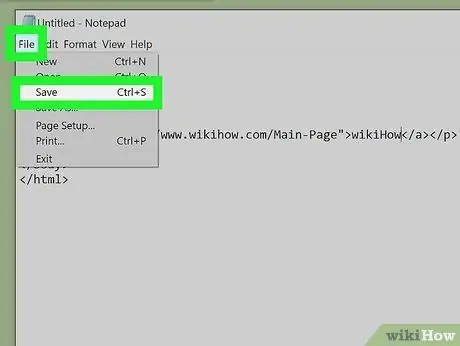
Step 10. Save the HTML document
To save the document, click the menu " File " and select " Save " You can review the document via a web browser.






